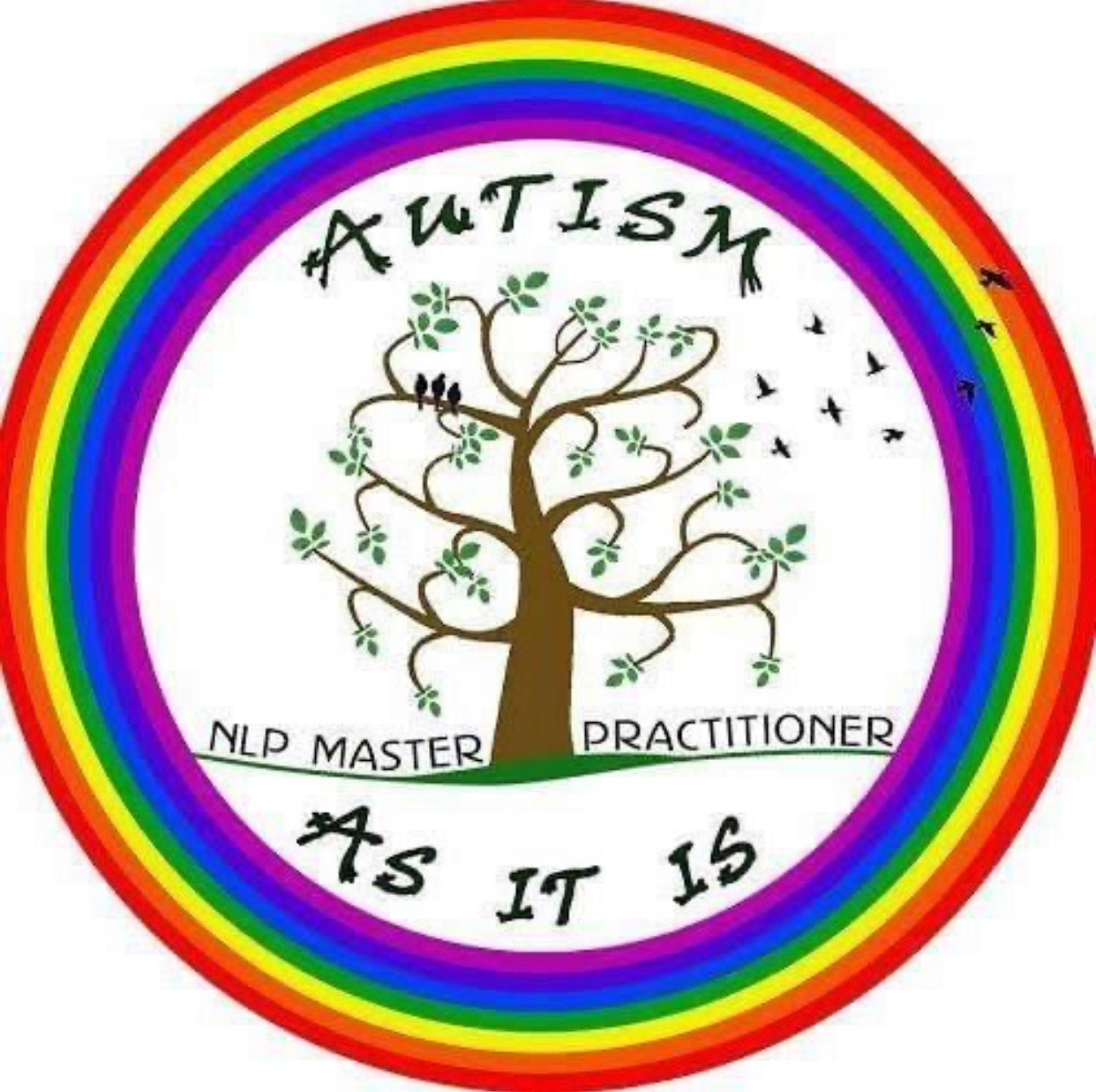About Communication in Autism Support
Communication is at the heart of connection, understanding, and belonging. Yet for many autistic individuals, communication does not develop in typical ways. Some may have no spoken language; others may use speech but struggle with social use of language and appropriate interaction. For some, communication is rich and imaginative but expressed through behaviour, movement, pictures, or sounds.
This is why communication support must be flexible, respectful, and tailored to the individual.
At Coping With Autism AS IT IS, we believe all behaviour is communication—and we look beyond words to listen in every possible way. On this page, we’ll introduce some of the most widely-used communication techniques and explain how they can support individuals with autism to express themselves, feel heard, have their needs met and connect with others.
Approaches to Communication
Here are some key communication methods and strategies used to support autistic individuals:
Makaton
Makaton is a sign language programme that uses the hands to make signs, picture symbols, and speech from the support person to facilitate communication. It is particularly effective for individuals with limited or no spoken language.
- Signs are borrowed from British Sign Language (BSL), but simplified for accessibility, and spoken words are used with the signs.
- Symbols are sometimes used alongside the hand signs to reinforce meaning visually.
- Makaton helps reduce frustration, build understanding, and encourage speech development over time.
Many families use Makaton from an early age and find it opens a vital bridge for emotional expression and interaction.
PECS (Picture Exchange Communication System)
PECS is a structured approach where individuals learn to exchange pictures to communicate wants and needs.
- Begins with simple exchanges (e.g. handing a picture of juice to request a drink).
- Moves toward building sentences using picture strips.
- Encourages initiation of communication rather than passive responding.
PECS can be a powerful tool for developing intentional communication, especially for non-verbal children.
TEACCH (Structured Teaching)
The TEACCH approach uses structure, visual supports, and consistent routines to promote independence and understanding.
- Uses schedules, work systems, and visual cues to make communication clear.
- Reduces anxiety by making expectations predictable.
- Encourages communication through choice-making and structured interactions.
Hanen Program
The Hanen approach empowers parents to support their child’s communication in natural, everyday interactions.
- Emphasises responsive communication and shared attention.
- Trains parents to model language in ways that match their child’s communication stage.
- Builds communication through play, routines, and daily life moments.
Total Communication Approach
This holistic approach combines multiple methods—speech, signs, symbols, pictures, gesture, technology—to provide as many ways to communicate and learn as possible.
- Allows for individual preferences and strengths.
- Reduces reliance on just one mode of communication.
- Encourages inclusion and reduces frustration.
Communication is ‘More than Words*’
We also consider:
- Body language, facial expression, and gesture
- Tone of voice and rhythm
- Behaviour as communication
- Energy, intuition, and the unspoken connection between people
Some individuals may respond strongly to energetic or sensory communication that isn’t immediately visible—but is deeply felt.
- More Than Words is part of the Hanen Programme and serves as a parent’s guide to supporting communication and speech development in autistic children. Many Speech and Language Therapists use it as a foundation for their work. While Caroline is not Hanen-trained, she used this approach with her daughter and found it immensely helpful. She warmly recommends the More Than Words book as an excellent resource for parents wanting to learn practical ways to encourage communication at home.
Our Philosophy
We approach communication through the lens of respect, curiosity, and creativity. We aim to:
- Follow the lead of the individual
- Create safe, calm environments for expression
- Build trust through consistent and loving interaction
- Celebrate every attempt at connection, however small
We don’t “teach” communication in the traditional sense. We open the space for it to emerge.
If you’d like help exploring the best way to support your child’s or loved one’s communication, and/or your own as a parent or carer, we’re here to help.
Together, we’ll find a voice that works for you.
